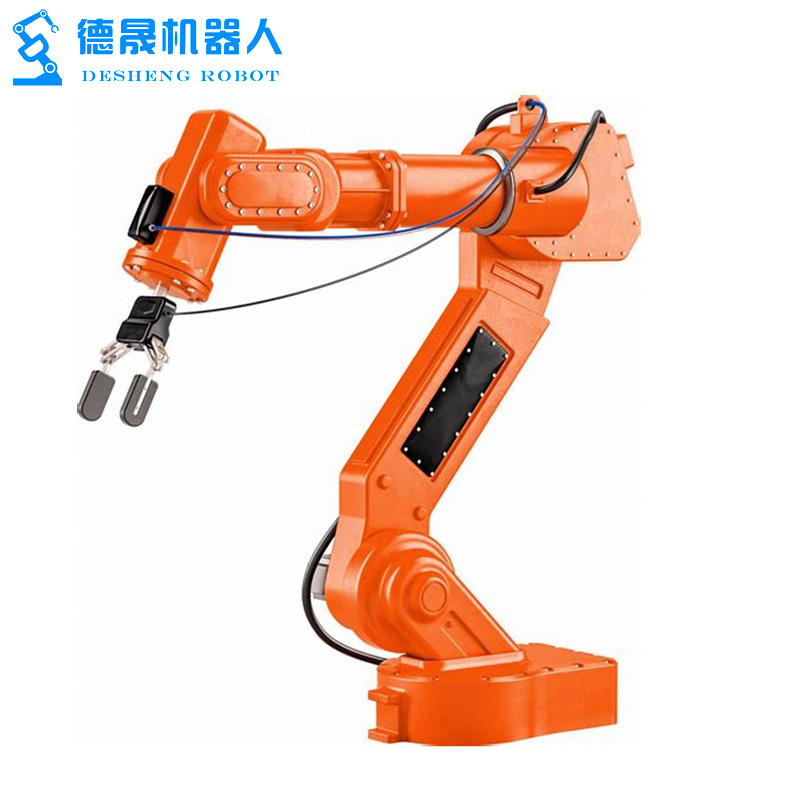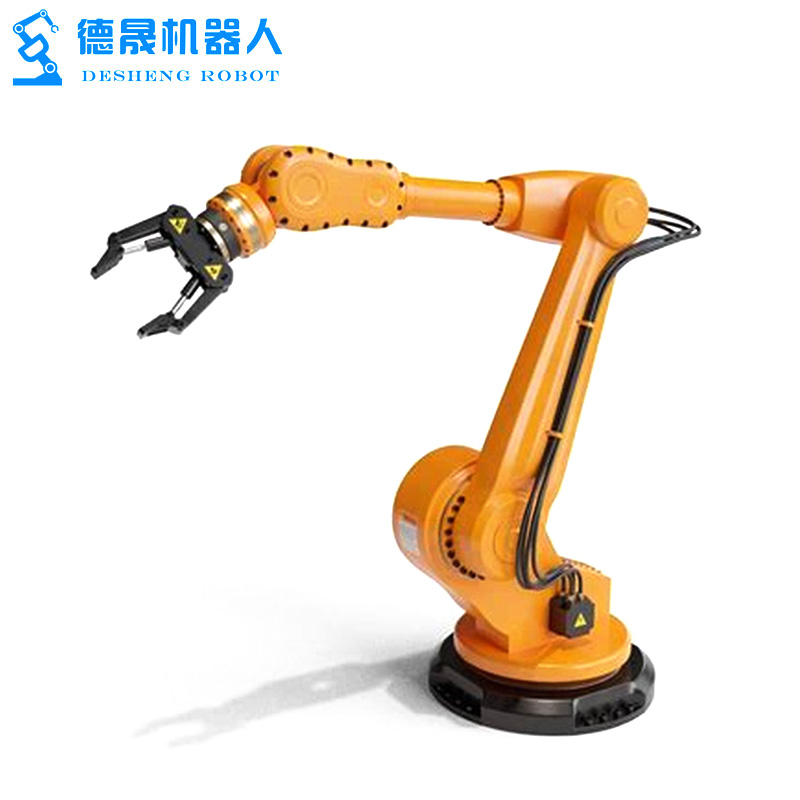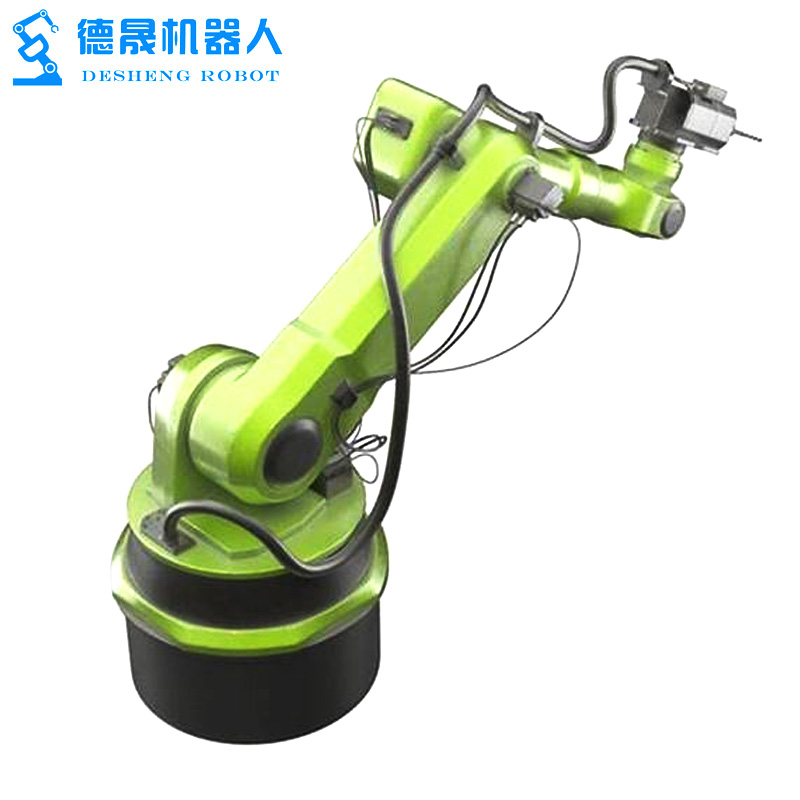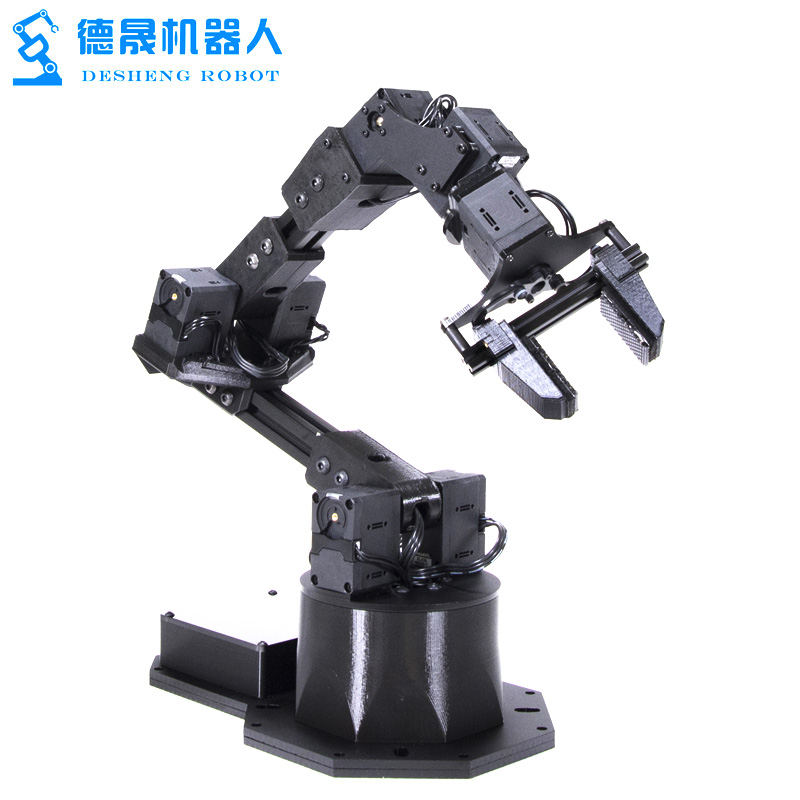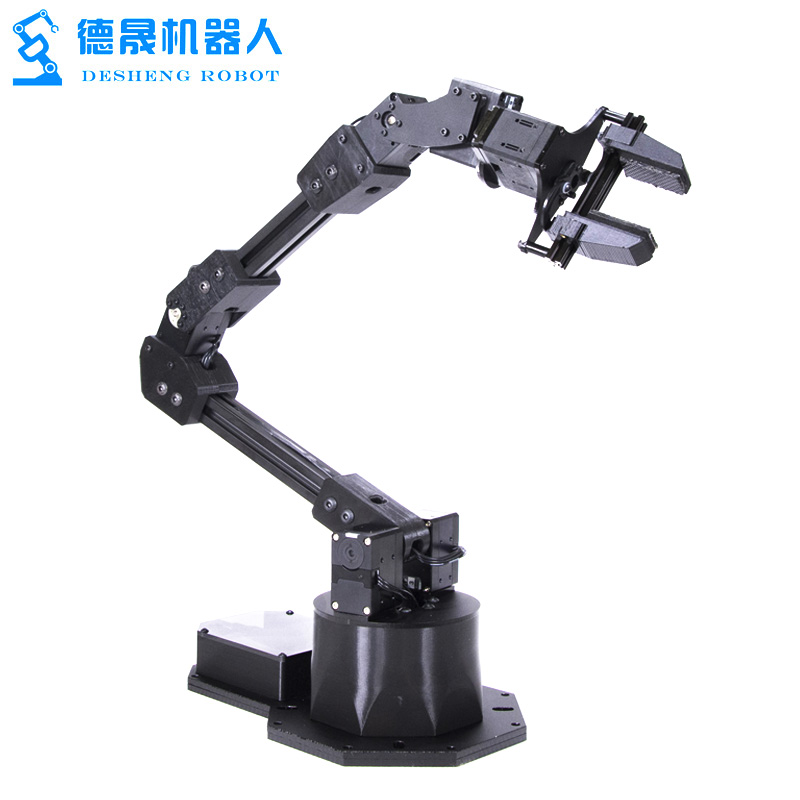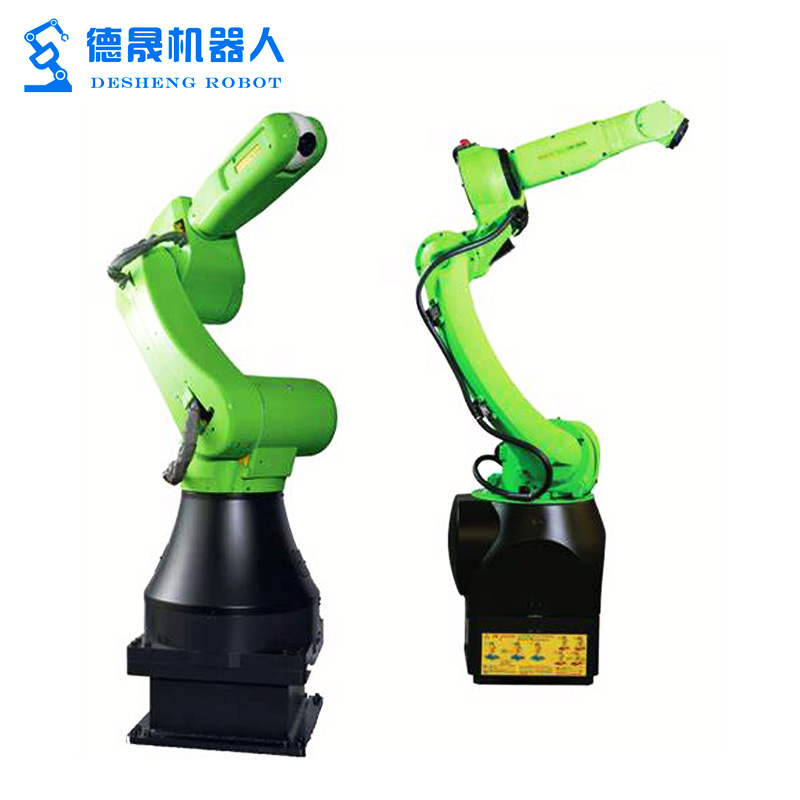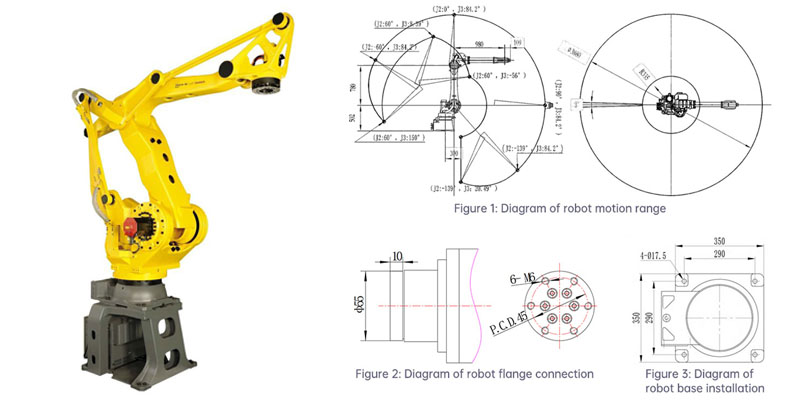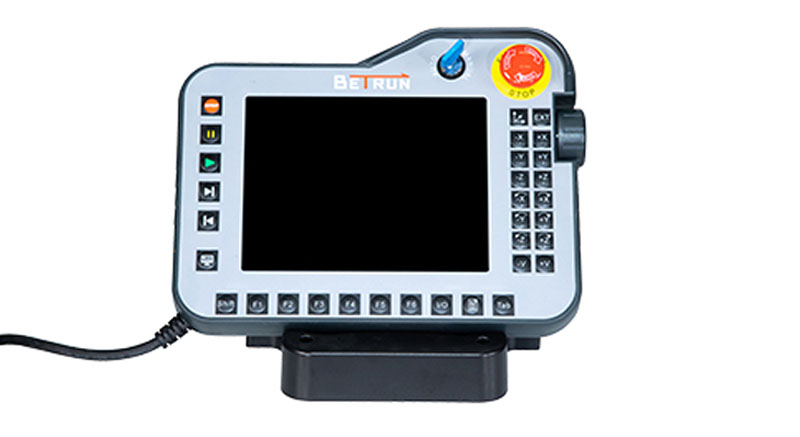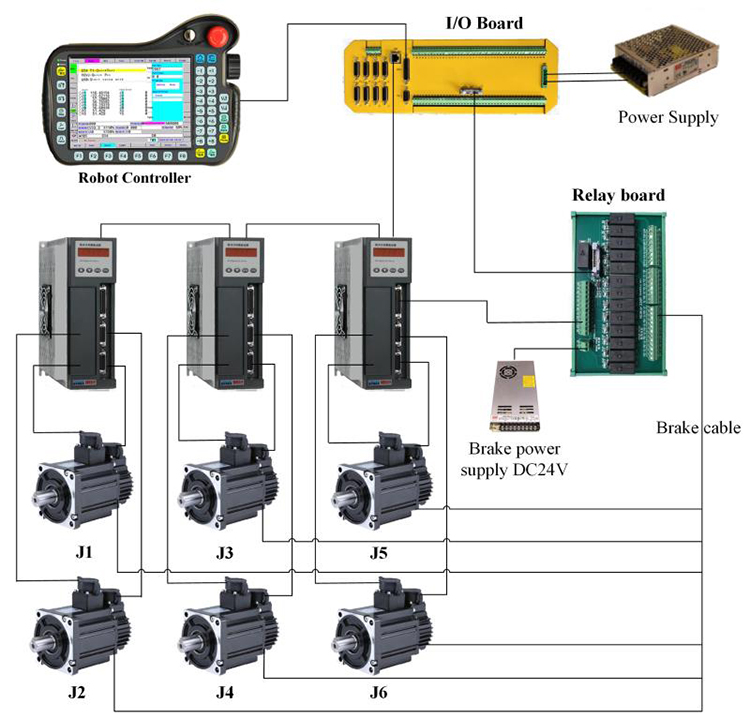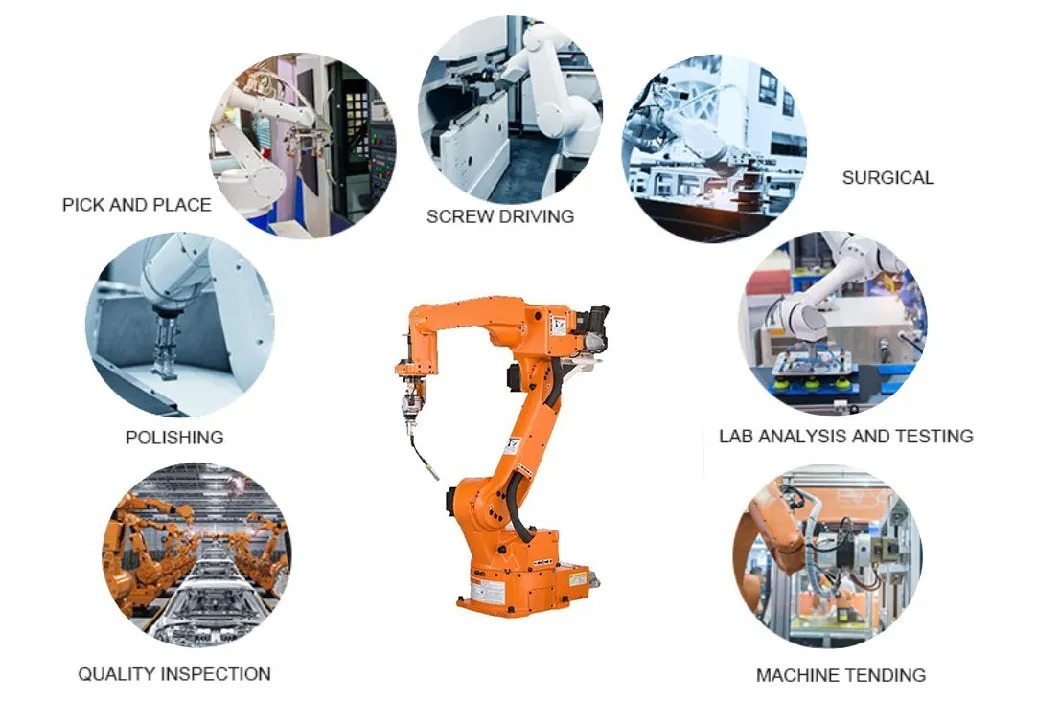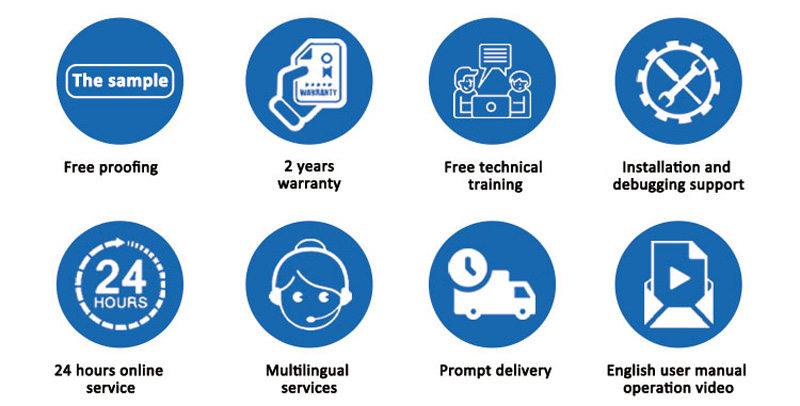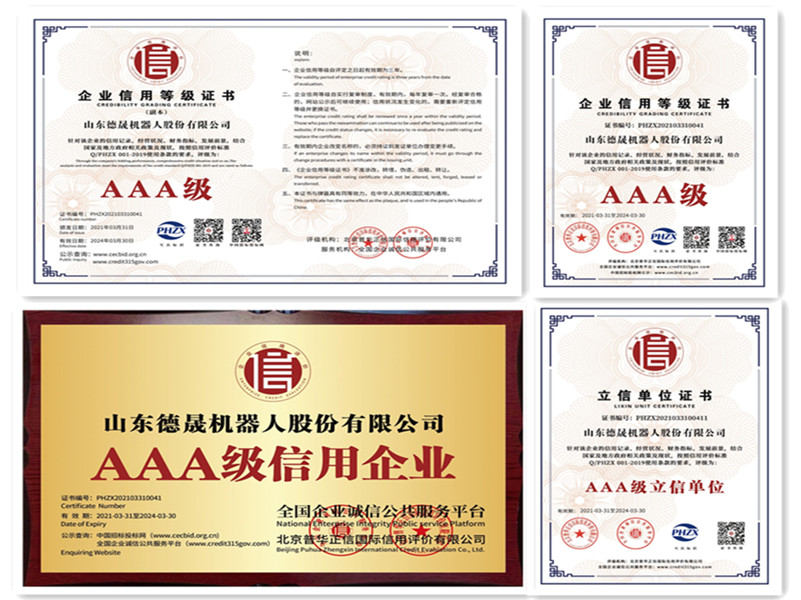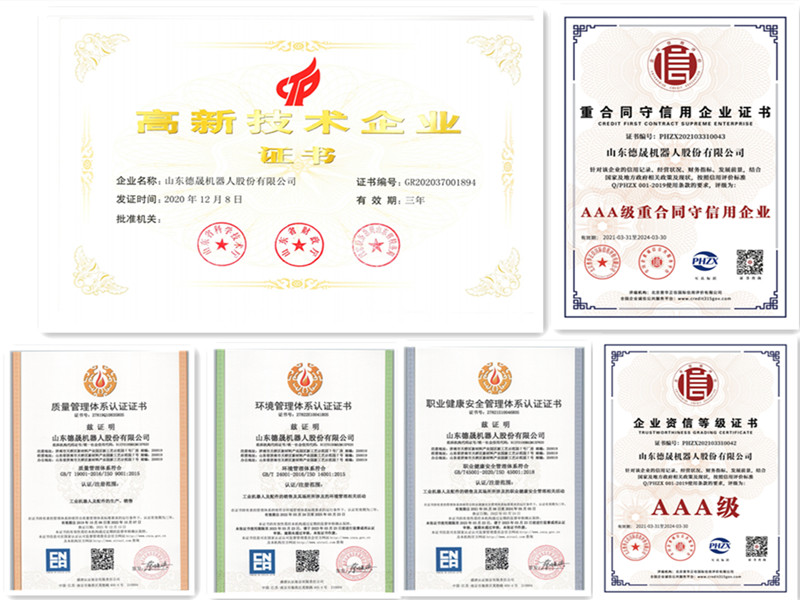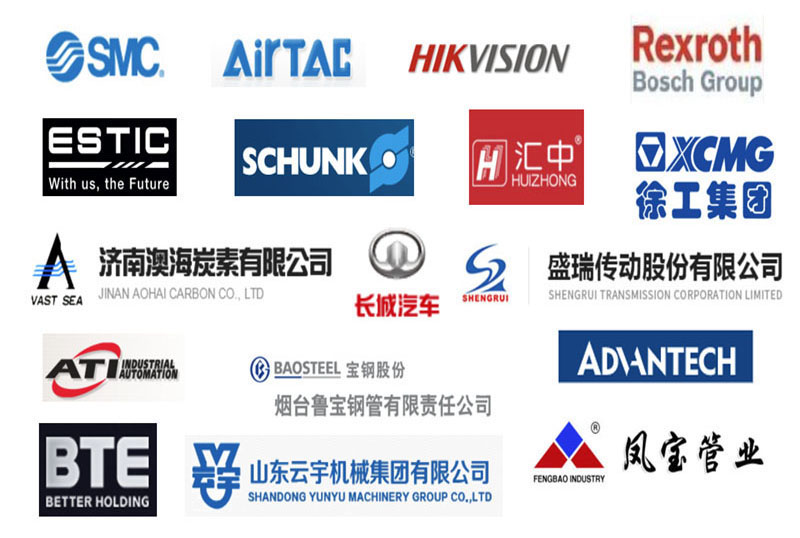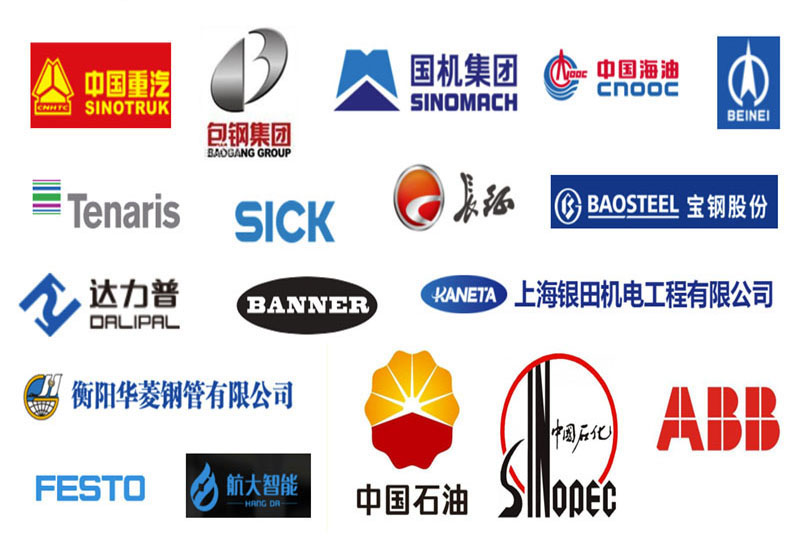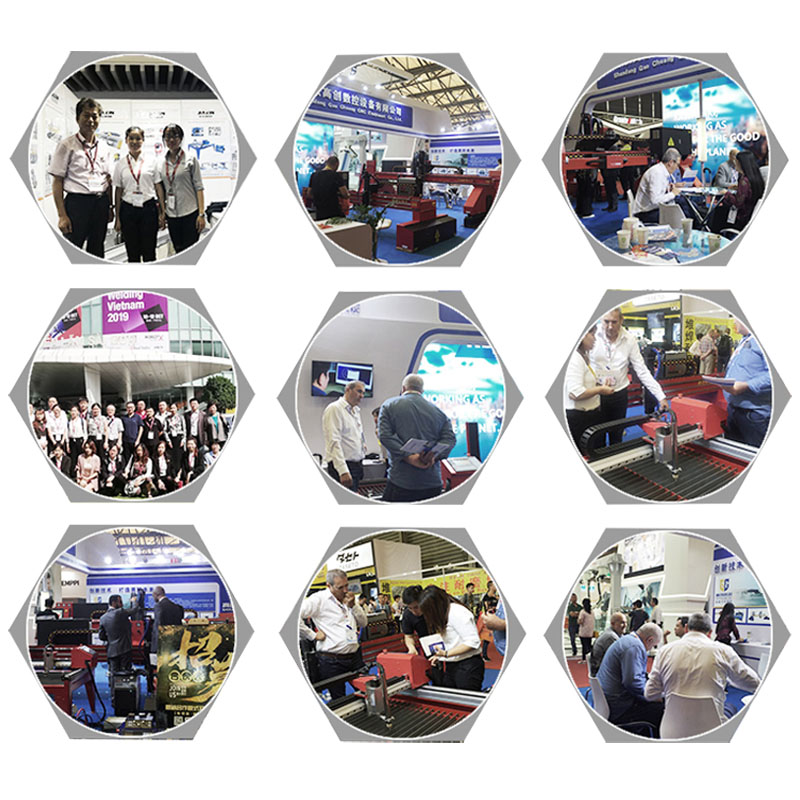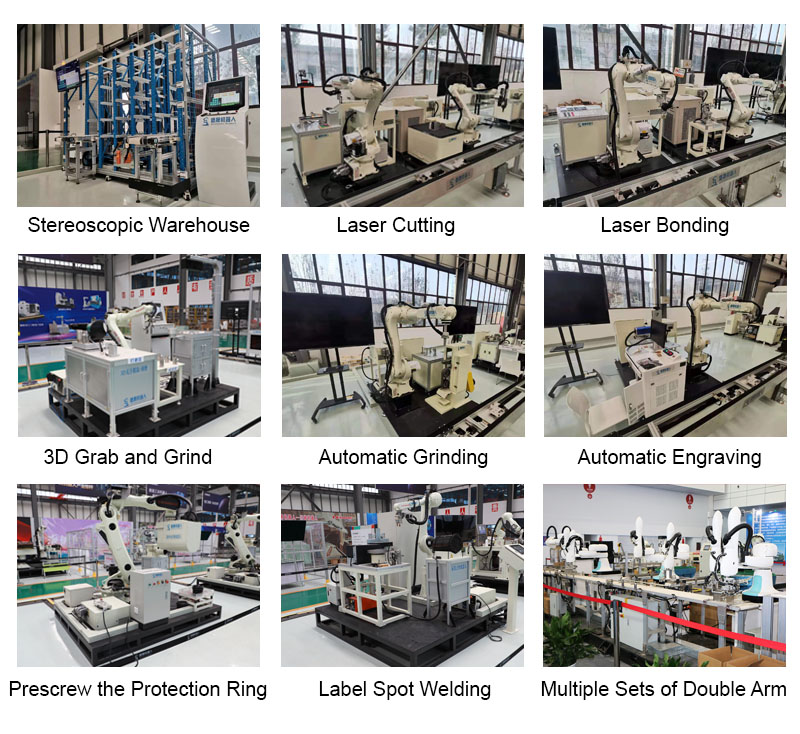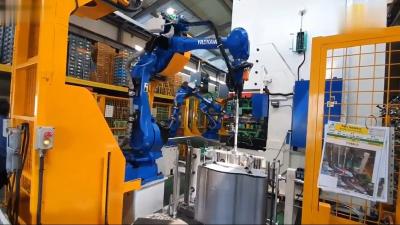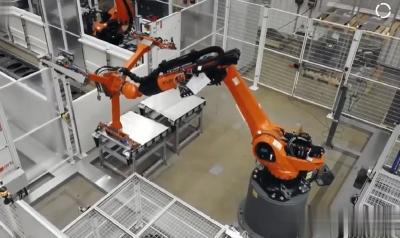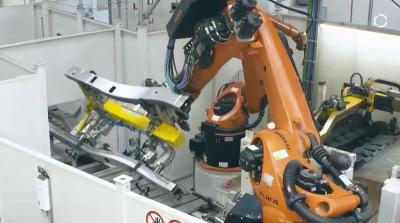Robotics And Automation Engineering
Advantages of Robotics And Automation Engineering:
1,Increased Efficiency: One advantage of Robotics and Automation Engineering is the significant improvement in efficiency. By utilizing robotic systems and automated processes, tasks can be completed faster and more accurately, leading to increased productivity and reduced production time.
2,Enhanced Safety: Robotics and Automation Engineering also prioritize safety. By automating hazardous and repetitive tasks, the risk of accidents and injuries to human workers is minimized. This creates a safer working environment and allows employees to focus on more complex and strategic responsibilities.
3,Cost Savings: Another advantage is cost savings. While the initial investments may be significant, the long-term benefits are substantial. By implementing robotics and automation, businesses can reduce labor costs, improve resource utilization, and minimize errors. Additionally, maintenance costs are often lower as robots typically require less frequent repairs and downtime.
Robotics And Automation Engineering:
Robotics and Automation Engineering, along with Process Automation Robotics, Process Control and Automation, and P Tech Automation, are revolutionizing industries worldwide. These cutting-edge technologies optimize processes, enhance efficiency, and improve productivity. By integrating robotics, automation, and advanced control systems, industries can achieve streamlined operations, reduced human error, and increased output. These advancements offer unprecedented precision, flexibility, and scalability, allowing businesses to adapt to changing demands and achieve significant cost savings. In a world driven by innovation, Robotics and Automation Engineering, coupled with Process Automation Robotics and Process Control and Automation, are at the forefront, transforming industries and shaping the future of manufacturing and production.
PARAMETERS:
SPECIFICATIONS FOR ROBOT PALLETIZER | ||||
Robot arm | Japanese Brand Robot | Fanuc | Kawasaki | |
German Brand Robot | KUKA | |||
Switzerland Brand | ||||
Main Performance | Speed Capacity | 8s per cycle | Adjust according to products and arrangement | |
Weight | About 8000kg | |||
Applicable Product | Cartons, cases,bags, | Containers,bottles,cans,buckets etc | ||
Power and Air | Compressed Air | 7bar | ||
Electric Power | 17-25 Kw | |||
Voltage | 380v | 3 Phases | ||
PLC | Siemens | |||
Frequency Converter | Danfoss | |||
Photoelectric Sensor | SICK | |||
Servo Motor | Panasonic | |||
Pneumatic Component | SMC | |||
Low-voltage Apparatus | Schneider | |||
Touch Screen | Schneider/Siemens | |||
Driving Motor | SEW | |||
DIMENSIONAL DRAWINGS:
ROBOT CONTROLSYSTEM:
APPLICATIONS:
FEATURES:
1,Advanced Technology Integration: Robotics and Automation Engineering is characterized by its ability to seamlessly integrate advanced technologies into industrial processes. This includes the integration of robotics, artificial intelligence, machine learning, and control systems to create highly efficient and intelligent manufacturing systems.
2,Increased Efficiency and Productivity: One of the key characteristics of Robotics and Automation Engineering is its focus on improving efficiency and productivity. By automating repetitive and labor-intensive tasks, robotics and automation systems can perform tasks faster and more accurately, leading to increased production rates and reduced cycle times.
3,Flexibility and Adaptability: Robotics and Automation Engineering systems are designed to be flexible and adaptable to changing manufacturing needs. This is achieved through the use of modular and reconfigurable systems that can be easily modified and adapted to accommodate different product designs or process variations. This flexibility allows for quicker setup times and facilitates the implementation of lean manufacturing principles.
OUR SERVICE:
PACKAGE AND SHIPPING:
CERTIFICATIONS:
COOPERRATION PARTNER:
EXHIBITION:
MORE PRODUCTS:
CONTACT US:


